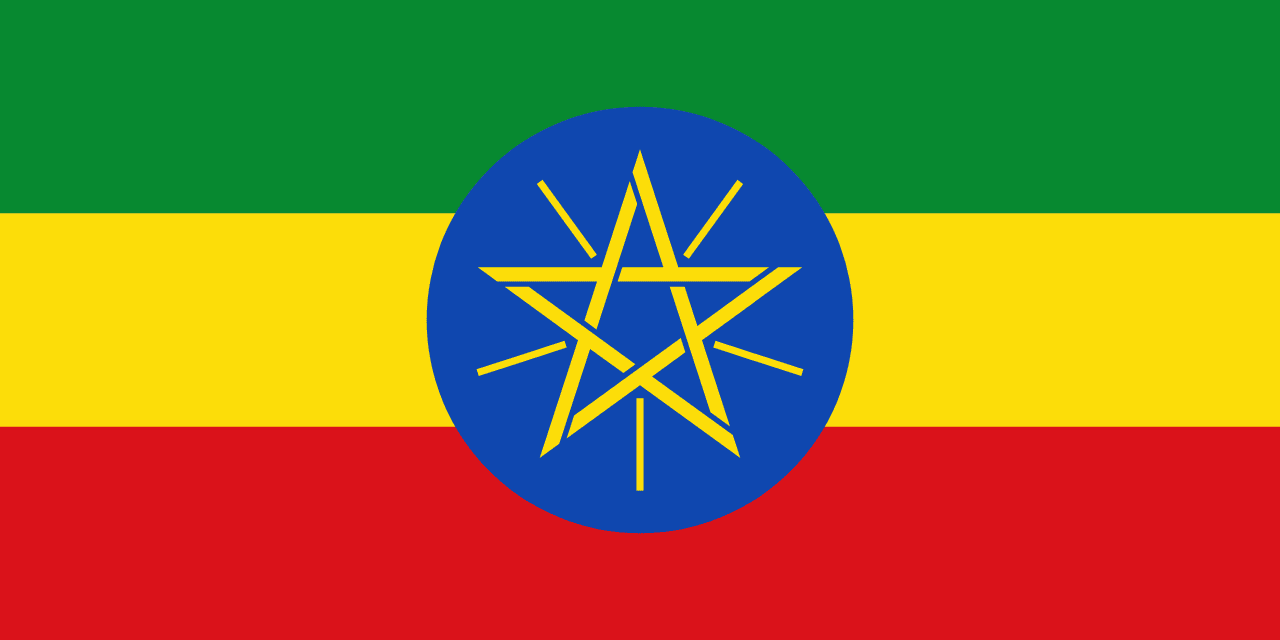Yemen Flag Meaning
Three horizontal stripes of red, white, and black representing the Pan-Arab colors that symbolize the bloodshed for freedom, bright future and peace, and the dark past of oppression, adopted when North and South Yemen unified into the Republic of Yemen.
- Continent
- Asia
- Adopted
- 1990
- Ratio
- 2:3
- Colors
- red, white, black
- Designer
- Unknown

Symbolism
Red Stripe: Represents the blood shed by martyrs in the struggle for independence and freedom, symbolizing the sacrifices made by Yemenis throughout their history to resist foreign domination and achieve sovereignty.
White Stripe: Represents the bright future and hope for peace, symbolizing the pure intentions of the Yemeni people and their aspirations for unity, prosperity, and harmony among all citizens.
Black Stripe: Represents the dark past of oppression and colonialism that Yemen has overcome, symbolizing the difficult periods of foreign rule and the determination to never return to subjugation.
Pan-Arab Colors: The flag uses the traditional Pan-Arab colors shared with many Arab nations, expressing solidarity with the broader Arab world and the shared struggle for independence and dignity.
History
- Ancient Times: Yemen was home to the ancient kingdoms of Saba (Sheba), Himyar, and Hadramawt, controlling the lucrative incense and spice trade routes that made the region fabulously wealthy.
- 6th-7th Century: Islam arrived in Yemen during the Prophet Muhammad's lifetime, with many Yemeni tribes converting peacefully and playing important roles in early Islamic expansion and scholarship.
- 897-1962: The Zaidi imamate established control over northern Yemen, creating a theocratic state that would rule for over 1,000 years with varying degrees of autonomy under Ottoman suzerainty.
- 1839-1967: British colonial rule in Aden and the southern territories created the Aden Protectorate, establishing a strategic naval base for controlling Indian Ocean trade routes.
- September 26, 1962: Revolution in North Yemen overthrew the Zaidi monarchy and established the Yemen Arab Republic, beginning a civil war between republicans and royalists backed by Egypt and Saudi Arabia respectively.
- November 30, 1967: South Yemen gained independence from Britain as the People's Democratic Republic of Yemen, becoming the Arab world's only Marxist state with Soviet backing.
- 1962-1970: The North Yemen Civil War saw Egyptian intervention supporting republicans against Saudi-backed royalists, with the conflict ending in republican victory and establishment of the Yemen Arab Republic.
- May 22, 1990: North and South Yemen unified to form the Republic of Yemen under President Ali Abdullah Saleh, adopting the current flag and creating the largest country in the Arabian Peninsula.
- 1994: A brief civil war erupted when southern leaders attempted secession, but northern forces quickly defeated the separatist movement and maintained national unity.
- 2011: Arab Spring protests led to the removal of President Saleh after 33 years in power, beginning a transition process that was meant to establish democratic governance.
- 2014-Present: Houthi rebels seized control of the capital Sanaa, leading to civil war and Saudi-led intervention that has created one of the world's worst humanitarian crises with millions facing famine.
Trivia
- Yemen is believed to be the origin of coffee cultivation, with the port city of Mocha giving its name to the famous coffee variety that was first exported from Yemen to the world.
- The flag represents a country that is home to Socotra Island, a UNESCO World Heritage site with unique flora and fauna found nowhere else on Earth, often called the 'Galápagos of the Indian Ocean.'
- Yemen has one of the world's oldest urban settlements at Sana'a, with the old city featuring distinctive tower houses and being continuously inhabited for over 2,500 years.
- The country sits at the strategic Bab el-Mandeb strait controlling access to the Red Sea, making it geopolitically important for global shipping and energy transport.
- Arabic is the official language, with Yemeni Arabic having distinctive dialects, while Soqotri and other South Arabian languages are spoken on Socotra Island and in remote areas.
- The flag flies over a country where qat cultivation and consumption is deeply embedded in social culture, with afternoon qat sessions being important social gatherings.
- Yemen has significant archaeological treasures including the ancient city of Shibam, known as 'Manhattan of the Desert' for its early high-rise mud brick buildings.
- Traditional Yemeni architecture includes the famous tower houses of Sana'a and Shibam, built with local materials and adapted to the mountain climate and desert conditions.
- The country has a rich tradition of poetry and oral literature, with classical Arabic poetry and folk tales playing important roles in preserving cultural heritage.
- Yemen is predominantly Muslim, with about 65% Sunni and 35% Zaydi Shia, though these religious differences have been politicized during the current conflict.
- Traditional Yemeni cuisine includes saltah (stew), mandi (rice and meat), and fahsa, often accompanied by flatbread and reflecting influences from African, Arab, and Indian traditions.
- The flag represents a country where traditional dress including the jambiya (curved dagger) worn by men remains an important symbol of cultural identity and status.
- Yemen has faced severe water scarcity problems, with the capital Sana'a at risk of becoming the first capital city in the world to run out of water.
- The ongoing civil war has created one of the world's worst humanitarian crises, with millions facing famine, disease outbreaks, and displacement from their homes.
- Despite current challenges, Yemen has a rich maritime tradition and was historically known for its skilled sailors and shipbuilders who dominated Indian Ocean trade.
Related Countries

Djibouti
Africa
A light blue field with a white triangle at the hoist containing a red five-pointed star, and a green lower stripe, representing the sky and sea, the Issa people, peace, unity, and the Afar people of this strategic Horn of Africa nation.

Eritrea
Africa
A red triangle at the hoist with a golden olive branch and wreath, adjacent to green and blue triangular sections, representing the struggle for independence, agricultural potential, maritime heritage, and hopes for peace.

Saudi Arabia
Asia
A green field with the Islamic declaration of faith (shahada) in white above a horizontal sword. The design emphasizes Islam as the foundation of the state.

Oman
Asia
Three horizontal stripes of white, red, and green with a vertical red band at the hoist containing the national emblem. The design reflects Oman’s heritage, unity, and natural environment.

Qatar
Asia
A national flag divided vertically with a broad white band on the hoist and a larger maroon field separated by nine white serrated points. Qatar’s unique flag ratio and color reflect its history and independence.

Ethiopia
Africa
Three horizontal stripes of green, yellow, and red with a blue circle containing a yellow five-pointed star in the center, representing the original Pan-African colors, the diversity and unity of Ethiopia's peoples, and the country's ancient independence.